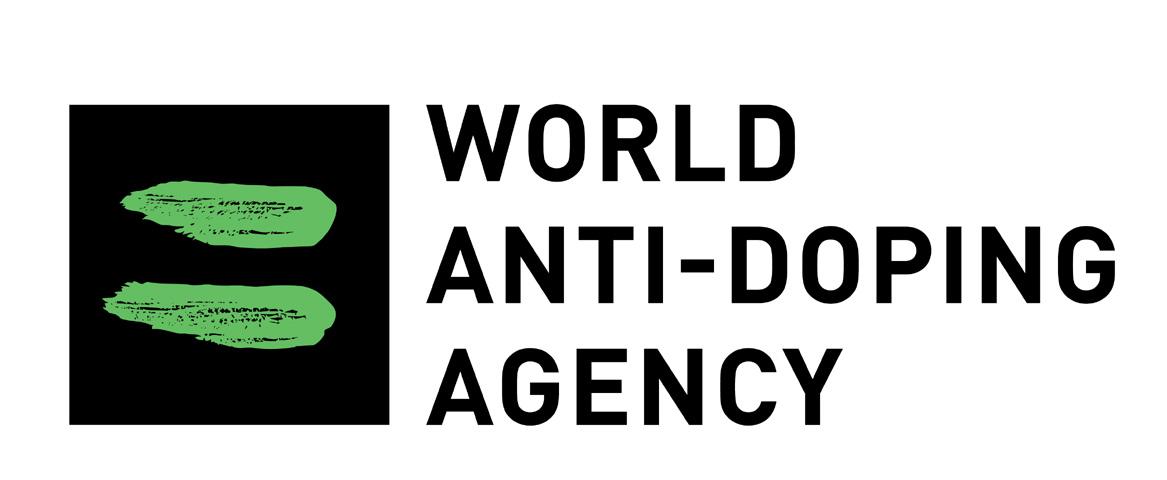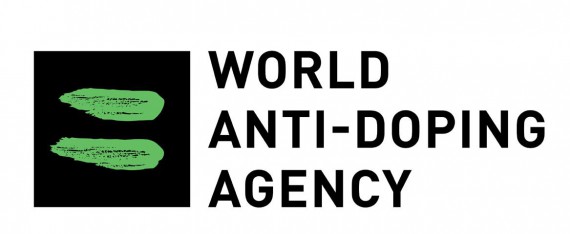
Just when you thought social control agencies had run out of ways to demonize anabolic steroids, along comes a new study out of Stockholm, Sweden. Funded in part by grants from the intensely anti-steroid World Anti-Doping Agency (although the authors allege that “WADA had no further role in study design; in the collection, analysis and interpretation of data; in the writing of the report; and in the decision to submit the paper for publication”), the study is a prime example of the process by which the public’s perception about anabolic steroids (more accurately, “anabolic-androgenic steroids” or “AAS”) is shaped by misleading “research.”
The study, entitled “Dual use of anabolic-androgenic steroids and narcotics in Sweden” and published in the journal Drug and Alcohol Dependence (uh, can you guess from the title where this is going….?), appears to have been fueled by recent speculation about a correlation between AAS use and dependence on opiates. The finding, announced in the abstract’s very first sentence on results, is that “Seventy-three percent of subjects with confirmed use of AAS were also using narcotic substances.” Case closed, right?
Well, not so fast. Let’s examine the findings a bit more closely before we simply accept the numbers. Who were the subjects? They were 56 individuals “…suspected of infringement of the narcotic laws in Sweden and who either had AAS in their possession or had confirmed use of AAS” between May 2007 and May 2008. So, the study’s subjects were drawn exclusively from a population of individuals who were (A) criminal suspects/arrestees and (B) involved with narcotics. So, AAS users who were neither criminal suspects/arrestees nor involved with narcotics were not in any way connected to this study. [It seems worth noting that the population of Sweden was over 9 million in July 2008. While we don’t know (and the researchers don’t tell us) how many narcotics law violators passed through the two Stockholm police units that screened for subjects, the fact that only 56 drug infringement suspects either possessed AAS or tested positive for them hardly signals an epidemic.]
If the study’s subjects seemed to be a “stacked deck,” what about the meaning of the term “narcotic”? Traditionally it’s a substance with opioid or morphine-like effects, but in this case “narcotics” was defined by the researchers to encompass a much broader assortment of substances: “opioids, cocaine, amphetamine, cannabis and marijuana.” So, in a climate where condemnation of AAS scores points (and, conversely, marijuana legal restrictions are being chipped away), this paper announces that three-quarters of AAS users are using “narcotic substances.” Except that they weren’t – at least not under the common definition of “narcotic substances” that most people use.
Let’s take a closer look at what these subjects were using. Well, only 45 of the 56 subjects tested positive for AAS; the other 11 only possessed them (whether they had ever before used steroids, or whether they were intending to sell the ones they possessed, is unknown). Of those 45 subjects, 27% used AAS and no narcotics (we’re down to 33 users now). Only 4% (that’s just one person) of those 33 used heroin (the only opioid listed); marijuana was the most commonly used substance (by 35% of the subjects – which, by the way, is lower than the lifetime prevalence of marijuana use in the U.S. among people age 26 – 34).
So, of that 73% of AAS users announced in the study, it was actually only 33 subjects who both tested positive for steroids and were using “narcotic substances.” Further, of this smaller pool of 33, the “narcotic” used by 35% of them was marijuana. A mere 4% used opioids. Nevertheless, this was reported as being consistent with AAS/opioid dependence speculation.
As for claims that AAS are a “gateway drug” to the use of other drugs, even these researchers couldn’t find support for that. Only 21% were confirmed to have started their drug use career with AAS. In fact, it’s also interesting to note that despite decades of media portrayals of AAS use among high school and even middle school children, the average age of first AAS use among the study subjects also using narcotic substances was 24 (± 6.7), and the average age of first AAS use among subjects using only AAS was 28 (± 4.7).
What does this study really tell us about most users of AAS? Not much. It’s hardly appropriate or instructive to use criminal suspects/arrestees to establish general population principles regarding drug use and its effects, no matter the drug in question. Finding that a small percentage (e.g., 13%) of those in treatment for opioid dependence previously used AAS does not indict AAS use as a gateway to opioid dependence. Only a small percentage of AAS users will ever become dependent on opioids and those who seek treatment for opioid dependence typically have a long and varied drug use career.
Look, nobody supports illicit drug use, whether it’s AAS or narcotics, and especially among a criminal population. And we oppose cheating in competitive sports by whatever means, including doping. But the truth matters. This study is an alarming example of how scientists can become advocates when they look exclusively for evidence that supports their own speculation, try to explain away findings that are inconsistent with their position, and fail to dispassionately examine their data for disconfirming notions or make reasonable conclusions with due caution. This study’s numbers don’t add up.
doi:10.1016/j.drugalcdep.2009.12.024

About the author
Warning: Undefined array key "display_name" in /home/thinksteroids/public_html/wp-content/plugins/molongui-authorship-pro/includes/hooks/author/box/data.php on line 11
Warning: Undefined array key "display_name" in /home/thinksteroids/public_html/wp-content/plugins/molongui-authorship-pro/includes/hooks/author/box/data.php on line 11
Warning: Undefined variable $show_related in /home/thinksteroids/public_html/wp-content/plugins/molongui-authorship/views/author-box/parts/html-tabs.php on line 30


No replies yet
Loading new replies...
Join the full discussion at the MESO-Rx →